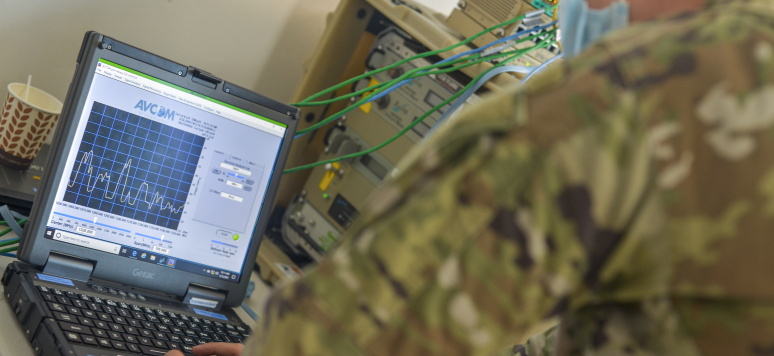Briefings de l'Ifri - The Military Use of Small Satellites in Orbit Briefings de l'Ifri, March 4, 2022
Publié le 04/03/2022

Joint Task Force-Bravo Operations in El Salvador - May 12, 2021
Credits: Camilo Freedman/SOPA Images/Shutterstock.com
The number of small satellites in orbit has increased rapidly over the last decade, and the growth of this sector is expected to accelerate even more in coming years.
- Small satellites offer unique economic opportunities, due to their shorter development time, their lower cost as well as their manufacturing in assembly line style processes.
- Many small satellite applications envision systems comprised of constellations of hundreds or thousands of satellites, which offer a number of advantages, such as the increase in temporal resolution, or revisit rate, as well as formation flying.
- Military users can take advantage of commercial systems for military purposes - leveraging existing capability without the need to develop new systems internally. Militaries must look for ways to harness these trends to their advantage, both by making use of commercial offerings, and by examining military-specific opportunities.
- Military leaders envision a time when battlefield imagery could be requested and received by commanders on the ground and used for real-time decision-making. The U.S. Army's Project Convergence experimented with this capability in October 2020.
Mariel Borowitz is an Associate Professor in the Sam Nunn School of International Affairs at Georgia Tech. Her research deals with international space policy issues, including international cooperation in Earth observing satellites and satellite data sharing policies.
